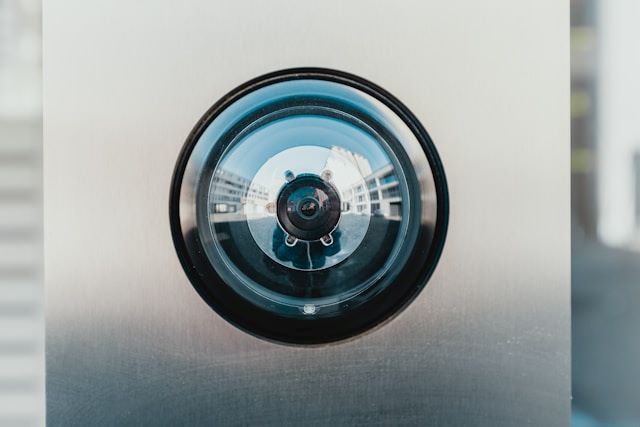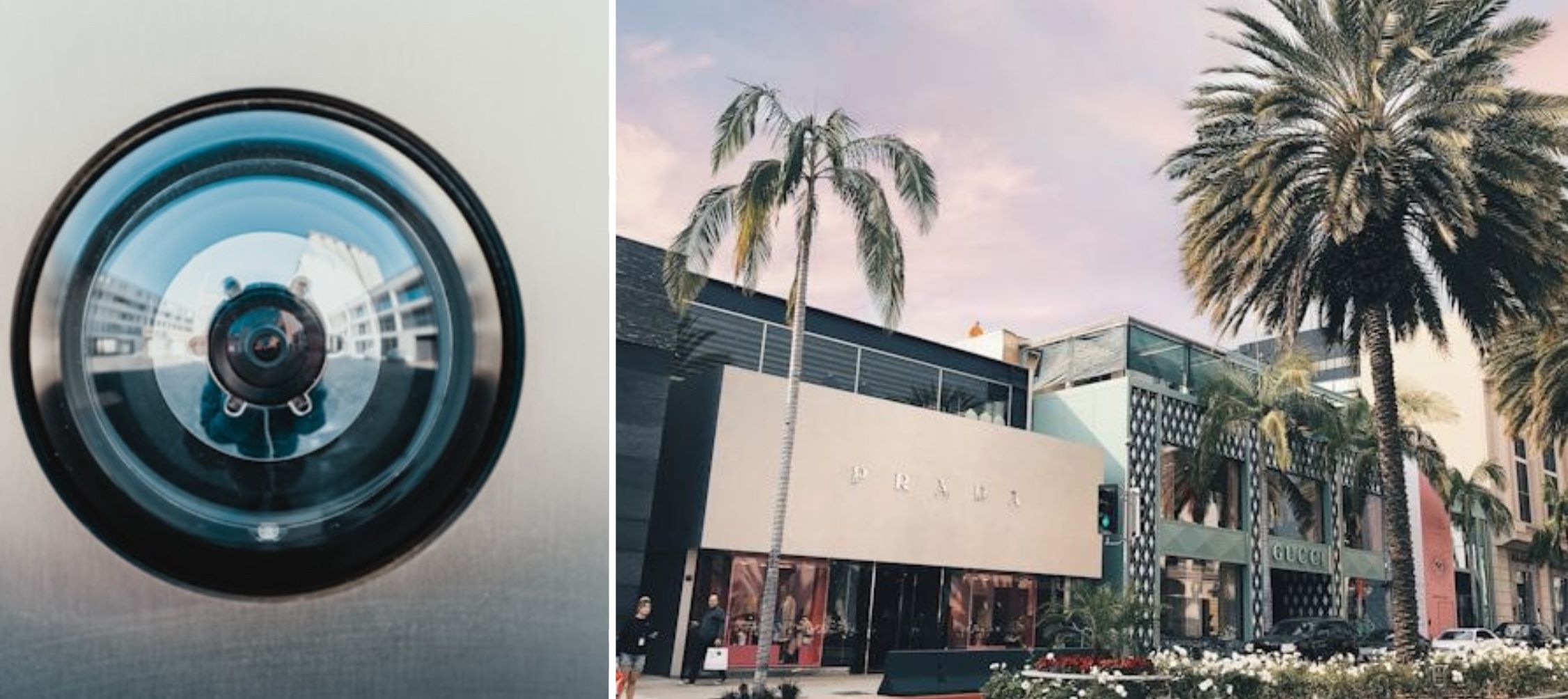In recent years, Los Angeles has seen a significant evolution in retail security – a development largely – and unfortunately – driven by the need to address increasing concerns over theft, vandalism, and safety in commercial areas. While this trend does – worryingly – reflect broader changes across the country, it is particularly pronounced in LA – a city known for its vast retail landscape, ranging from luxury boutiques in iconic Beverly Hills to bustling shopping districts, such as the Fashion District downtown.
The Current State of Affairs
In recent years, Los Angeles, along with other major cities, has faced significant challenges related to retail crime, leading to considerable financial losses and operational adjustments for businesses. The 2023 National Retail Security Survey, for example, revealed that ‘retail shrink’, which encompasses various forms of loss including theft, accounted for over $112 billion in industry losses in 2022 – a substantial increase from the $93.9 billion reported in 2021. The nationwide escalation in retail crime severity cannot be ignored.
California, particularly Los Angeles County, has seen a notable rise in retail theft and robbery rates. The state experienced a significant jump in reported commercial shoplifting in 2022, with a 28.7% increase from the previous low rates during the pandemic years. Despite this increase, the overall shoplifting rate remains below its pre-pandemic level. However, commercial burglaries and robberies of commercial establishments have also seen upticks, with the commercial robbery rate increasing by 13.3% since 2019 and a 9.1% increase in 2022 alone.
In response to the growing issue of organized retail theft, Governor Gavin Newsom recently announced a significant increase in support to be channeled in from the California Highway Patrol (CHP) – support aimed at directly assisting Los Angeles in tackling these crimes, with the CHP’s resources in the Los Angeles region having been tripled to specifically address the uptick in organized retail crime. This welcome move aims to enhance the partnership between state law enforcement and local communities to help to ensure the safety and security of businesses and residents alike. Meanwhile, the establishment of a new regional law enforcement task force – inclusive of multiple Southern California agencies – is also in place to focus intently on combating organized retail theft in the greater Los Angeles area.
Advanced Technology Integration
One of the most notable trends in LA’s retail security is the extensive use of advanced technology. Retailers are increasingly deploying sophisticated surveillance systems that go far beyond the capabilities of humble, traditional CCTV, with systems that now incorporate facial recognition technology and real-time analytics to identify suspicious behaviors and potential threats before they have time to escalate. Furthermore, AI-powered retail store security cameras can now analyze vast amounts of video data to spot unusual patterns, such as loitering or unattended bags, alerting store personnel or security services instantly.

Moreover, RFID (Radio-Frequency Identification) technology is being used to prevent shoplifting actively; products equipped with RFID tags can be tracked throughout the store, alerting staff to an item that is being removed without journeying through the proper checkout process. This technology not only helps in reducing theft but also aids in inventory management – dual benefits that enhance both security and efficiency.
Community and Law Enforcement Collaboration
Enhanced collaboration between retailers, local communities, and law enforcement agencies represents another critical aspect of LA’s evolving retail security landscape. Many business districts now participate in neighborhood watch programs, sharing information and resources to tackle crime collectively; retailers are also working closely with the LAPD and other agencies to ensure a rapid response to incidents, and participating in training sessions designed to handle various security scenarios effectively.
Design and Environmental Strategies
Physical design and environmental strategies play a pivotal role in deterring crime and enhancing security in retail spaces. Concepts from environmental design, such as increased visibility, controlled access points, and strategic lighting, are being applied to deter potential offenders. Stores are designed or retrofitted to eliminate blind spots, making it difficult for shoplifters to operate without being seen.
Additionally, the layout of shopping areas and parking lots is being reconsidered to improve natural surveillance and access control; wherever appropriately executed, increasing the visibility of security personnel and employing physical barriers supports retailers in creating an environment that feels safe for customers, while simultaneously discouraging criminal behavior.
Challenges and Future Directions
Despite these advancements, LA’s retailers face ongoing challenges; the cost of implementing high-tech security solutions can be prohibitive for small businesses, and concerns about privacy and civil liberties arise with the use of technologies like facial recognition – moreover, the social and economic factors driving retail crime require solutions beyond security measures alone.
Looking ahead, the future of retail security in LA will likely involve a blend of technological innovation, community engagement, and policy initiatives aimed at addressing the root causes of crime. Collaboration across all sectors will be crucial in developing sustainable strategies that protect businesses and shoppers alike – LA’s retail spaces are iconic, treasured, and vital to the economic health of the region, and thankfully, much is now being done to ensure that they remain vibrant and secure for generations to come








